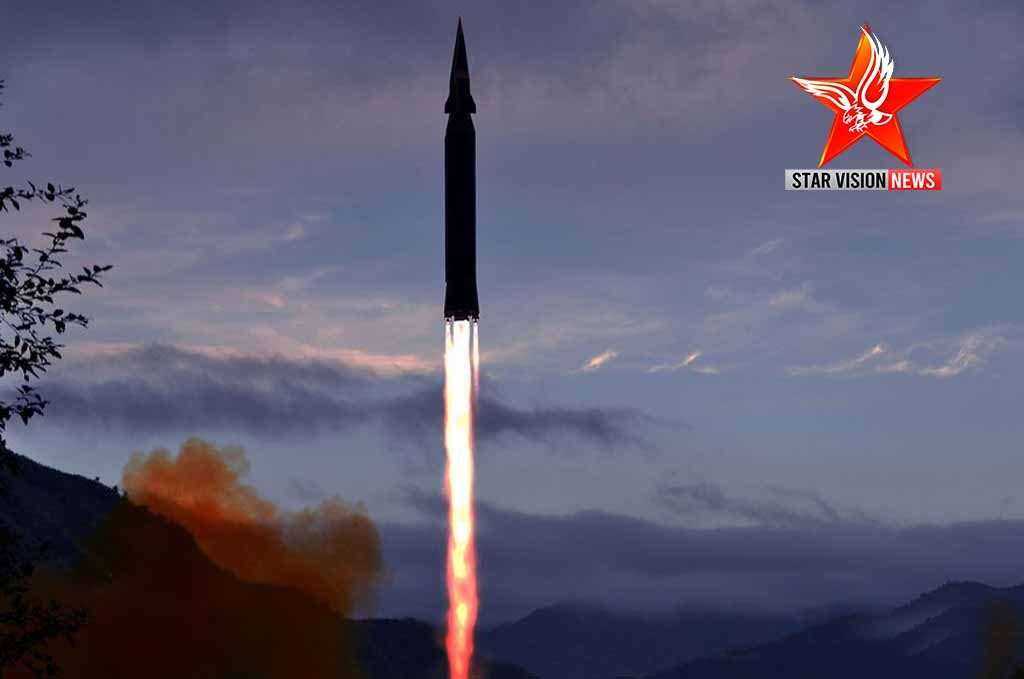North Korea has claimed that it successfully tested a new hypersonic missile called Hwasong-8 on Tuesday.
State media said the new missile was one of the “five most important” new weapons systems laid out in its five-year military development plan.
They called the missile a “strategic weapon”, which usually means it has nuclear capabilities.
Tuesday’s launch is another indication of Pyongyang’s growing weapons technology amid strict sanctions.
“The development of this weapons system…[has increased] the nation’s capabilities for self-defence in every way,” North Korean state news outlet said.
Tuesday’s launch also saw North Korea introduce a missile fuel ampoule for the first time – described by North Korea analyst Ankit Panda as a “significant milestone”.
The latest launch also marked the country’s third missile test this month. It has already revealed a new type of cruise missile, as well as a new train-launched ballistic missile system.
Yesterday’s launch came as it’s North Korean envoy Kim Song defended the country’s right to develop weapons at the annual UN General Assembly in New York.
Mr Kim said the country was “building up our national defence in order to defend ourselves and reliably safeguard the security and peace of the country”.
What is a hypersonic missile?
Hypersonic missiles are much faster and more agile than normal ones, making them much harder for missile defence systems to intercept,
KCNA said the test launch confirmed the “navigational control and stability of the missile”.
Mr Panda, a Stanton Senior Fellow at the Carnegie Endowment for International Peace, said it was difficult at this point to assess the “precise capabilities” of the missile, but added that it could “presumably present a very different challenge for missile defence from traditional ballistic missiles”.
North Korea has also introduced missile fuel ampoule – a technology that allows missiles that can be pre-fuelled and then sent to the field in canisters. This means it could potentially stay launch-ready for years.
This addition means the weapon would be ready to be fired straight away. If it doesn’t need to be fuelled out in the field, it means the launch time is much quicker. The quicker launch time also means it’s more difficult for other countries to make a pre-emptive strike.
North Korean leader Kim Jong-un had at an earlier meeting in January declared that scientists had “finished research” into developing hypersonic gliding warheads. Tuesday’s test was the first for this new system.
“The push to develop a hypersonic glider isn’t all too surprising given that Kim Jong Un had indicated this back in January,” said Mr Panda.
“This is, however, a reminder that Mr Kim’s missile ambitions are far from having run their course.”
However, South Korea’s Joint Chiefs of Staff said they believe this hypersonic missile is still at an early stage of development and it will take a considerable period of time before it can be deployed in combat. They added that both South Korea and the US are currently capable of detecting and intercepting this missile.



